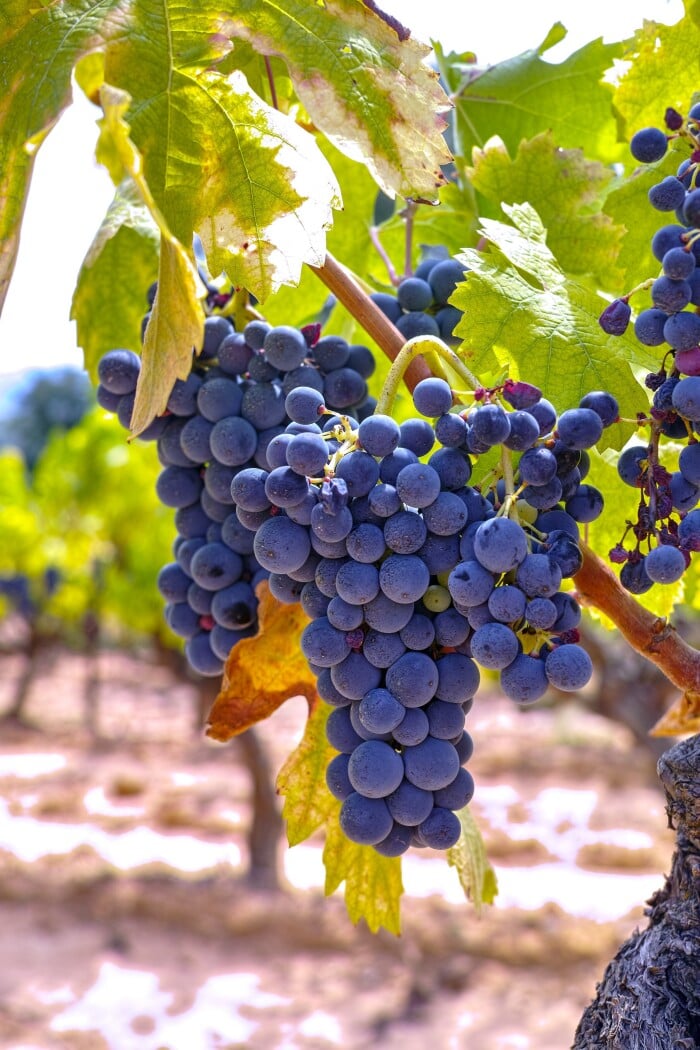
Cinsault
Cinsault plays an important role in Châteauneuf-du-Pape blends and is widely utilized for crafting Provence's renowned rosé wines. In Southern Rhône, it traditionally partners with Grenache, Syrah, and Mourvèdre. Cinsault thrives in North Africa's arid climates, dominating production in Morocco and playing a significant role in Algeria and Tunisia. Australia, notably McLaren Vale, provides ideal growing conditions, where it is often referred to as Blue Imperial due to its grape skin colour.
In its varietal expression, Cinsault yields a gentle wine characterized by a low tannin content and it has a lighter, brick red a pale, brick-red tone. Typically, Cinsault is encountered in blends rather than as a standalone varietal.
Taste
Cinsault combines qualities of Grenache and Pinot Noir, presenting a light colour with vibrant aromas of red berry fruits (like, strawberry, red cherry, and plum). While not heavily structured, it can develop complexity over time, revealing savoury and smoky notes like tobacco and tar.
Other
Cinsault played a pivotal role in the creation of South Africa’s signature wine, Pinotage. In 1925, chemist Abraham Izak Perold crossed Cinsault with Pinot Noir.


